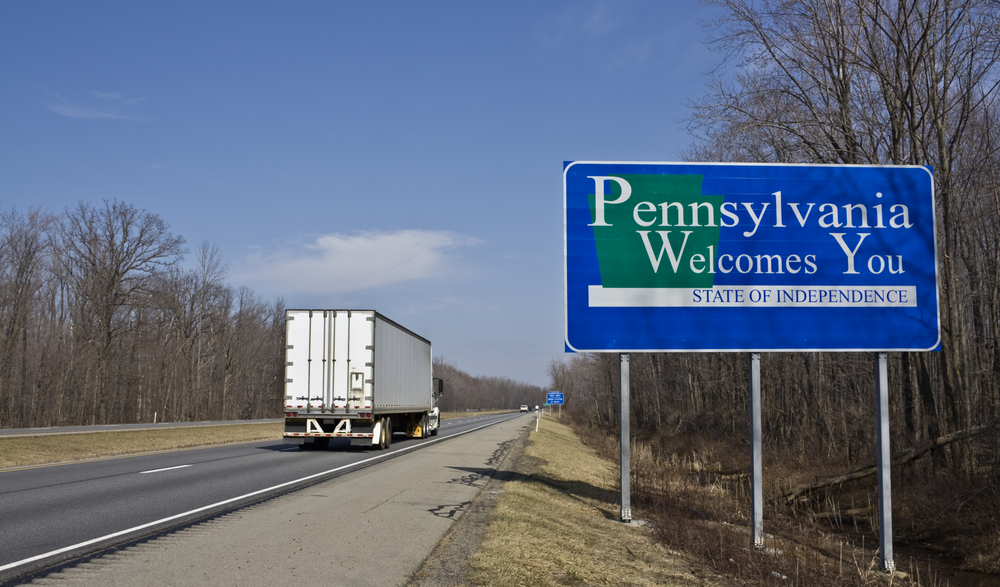How Uniform Road Laws Reduce Congestion and Benefit Trucking
According to industry experts, a harmonization among states on road laws relating to capacity would vastly improve interstate trucking.
States establish weight limits for their roadways, but these regulations sometimes differ between neighboring states.
A recent Association of Equipment Manufacturers’ event offered an opportunity for manufacturing and transportation industry representatives to discuss the role infrastructure plays in the movement of products. Panelists spoke of “pain points” that are related to infrastructure and bear negative effects on the trucking industry.
Rich Goldsbury, president of Doosan Bobcat North America and Oceania, used the example of a driver hauling double flatbeds across one state and having to dismantle to single flatbeds before reaching neighboring state lines. Goldsbury, whose company relies largely on flatbed trucks, said that these differing rules create delays for truckers. “[I’m] frustrated by the harmonization of interstate trucking,” Goldsbury said. “It really impacts us. That’s a big challenge for us.
Additionally, the quality of life for truck drivers would improve with infrastructure investment, as drivers would waste fewer hours if congestion points along the highway system and in cities were addressed.
Infrastructure funding remains a challenge for federal and local government agencies. Transportation Secretary Elaine Chao said at the kickoff of Infrastructure Week May 14 that the Trump administration still is sifting through a slew of financing mechanisms, from a vehicle-miles-traveled fee to a fuel tax, to bolster infrastructure funding.
McLean said that raising the gas tax, untouched since 1993, would be a low-cost mechanism to boost funds.
The federal tax on diesel is 24.4 cents a gallon, and on gasoline it’s 18.4 cents.
ATA President Chris Spear, described the Highway Trust Fund as “running on fumes.” “If no action is taken by 2020, the Highway Trust Fund will be flat broke,” Spear said.
The White House’s funding principals unveiled Feb. 12 would rely significantly on private funds of as much as $1.3 trillion to reach a topline of $1.5 trillion over 10 years.
Category: General Update, News











